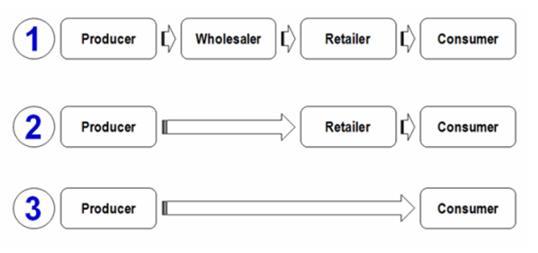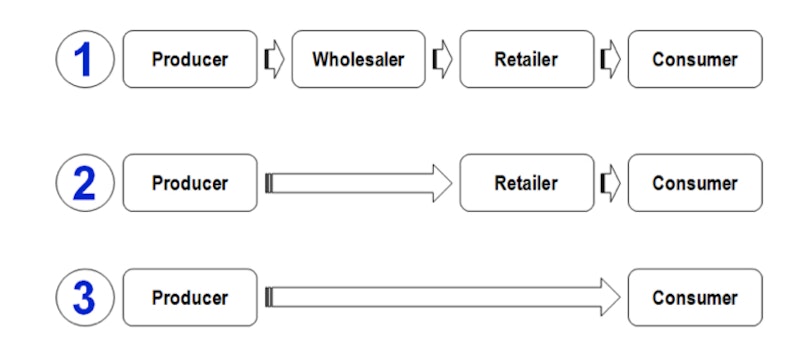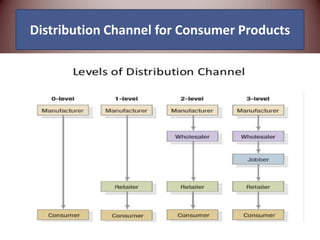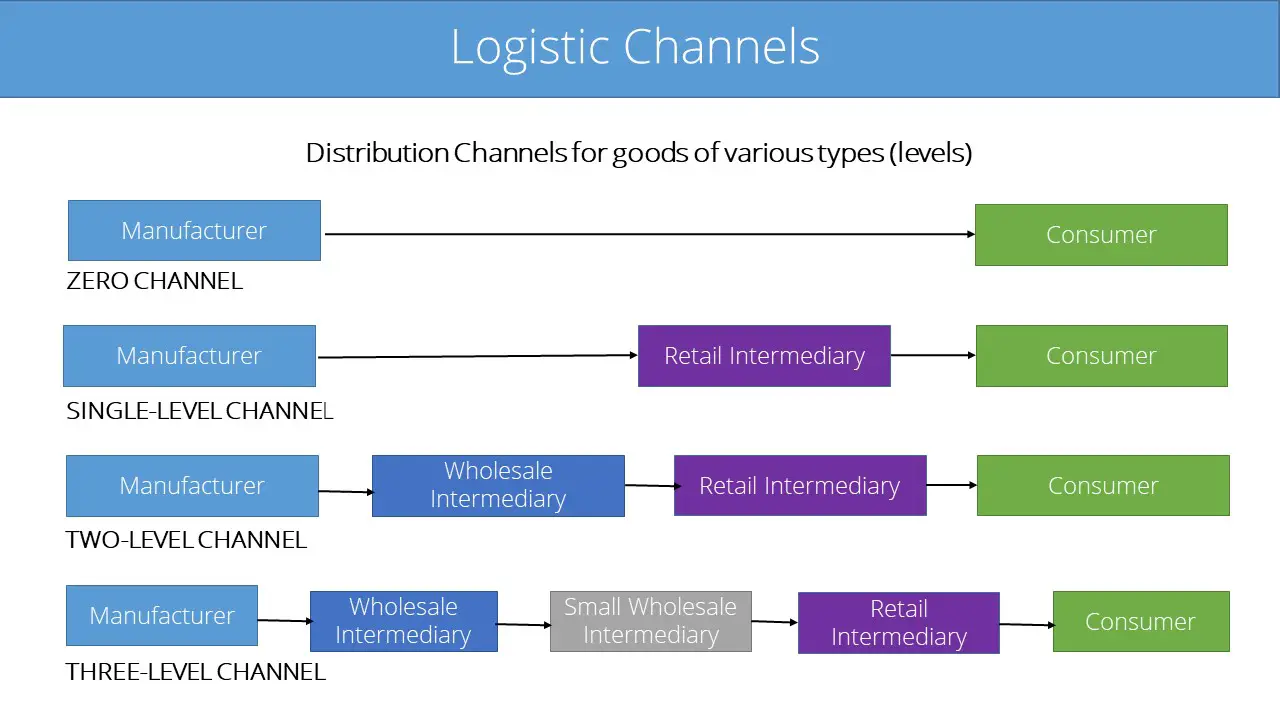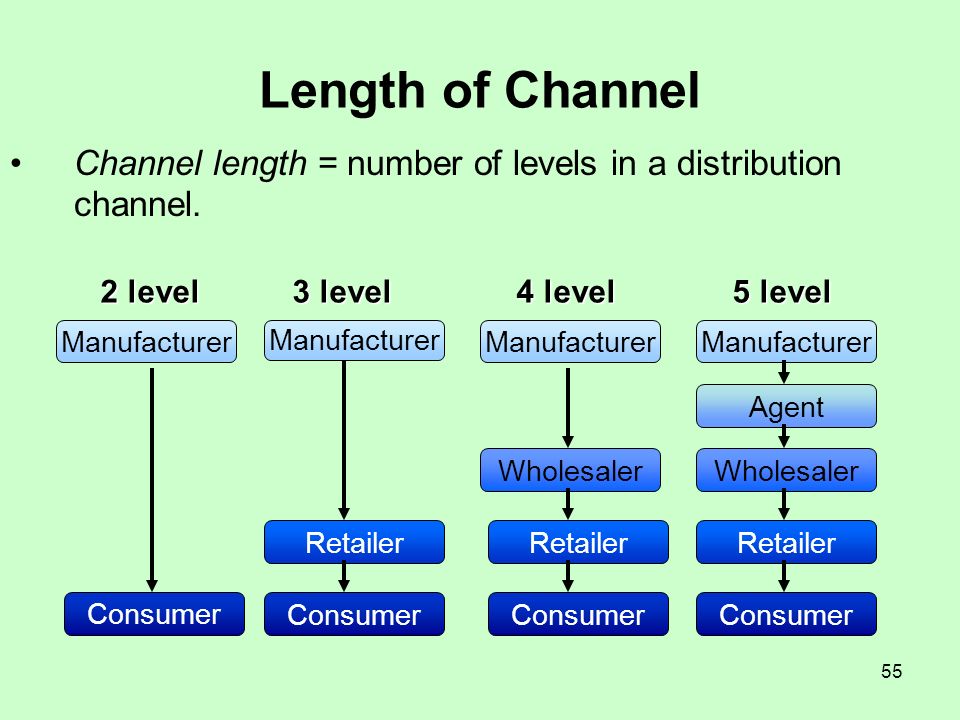Distribution channels refer to the means by which a product or service is made available to the end consumer. These channels can be classified into different levels, depending on the number of intermediaries involved in the distribution process.
The first level of distribution channels is the direct channel, in which the producer sells directly to the end consumer without the involvement of any intermediaries. This type of distribution is often used by small businesses that sell their products directly to consumers through their own retail outlets or online platforms. Direct channels can be more cost-effective for small businesses as they don't have to pay commissions to intermediaries.
The second level of distribution channels is the single-level channel, in which the producer sells directly to a retailer, who in turn sells the product to the end consumer. This type of distribution is commonly used by manufacturers of consumer goods, such as clothing and electronics. Single-level channels are typically more efficient than direct channels as they allow producers to reach a larger number of consumers through the retailer's distribution network.
The third level of distribution channels is the multi-level channel, in which the producer sells to a wholesaler, who then sells to a retailer, who then sells to the end consumer. This type of distribution is often used by producers of industrial and business-to-business (B2B) products, such as machinery and office equipment. Multi-level channels are more complex than single-level channels and typically involve higher levels of communication and coordination between the different intermediaries.
In addition to these three levels of distribution channels, there are also hybrid channels, which combine elements of direct and indirect channels. For example, a producer may sell directly to consumers through an online platform, while also selling to retailers through a wholesaler. Hybrid channels allow producers to reach a wider range of consumers and can be more flexible and adaptable to changing market conditions.
In conclusion, distribution channels can be classified into different levels based on the number of intermediaries involved in the distribution process. These levels include direct channels, single-level channels, and multi-level channels, as well as hybrid channels that combine elements of both direct and indirect channels. Each type of distribution channel has its own advantages and disadvantages, and producers must carefully consider the most appropriate channel for their products and target market.
